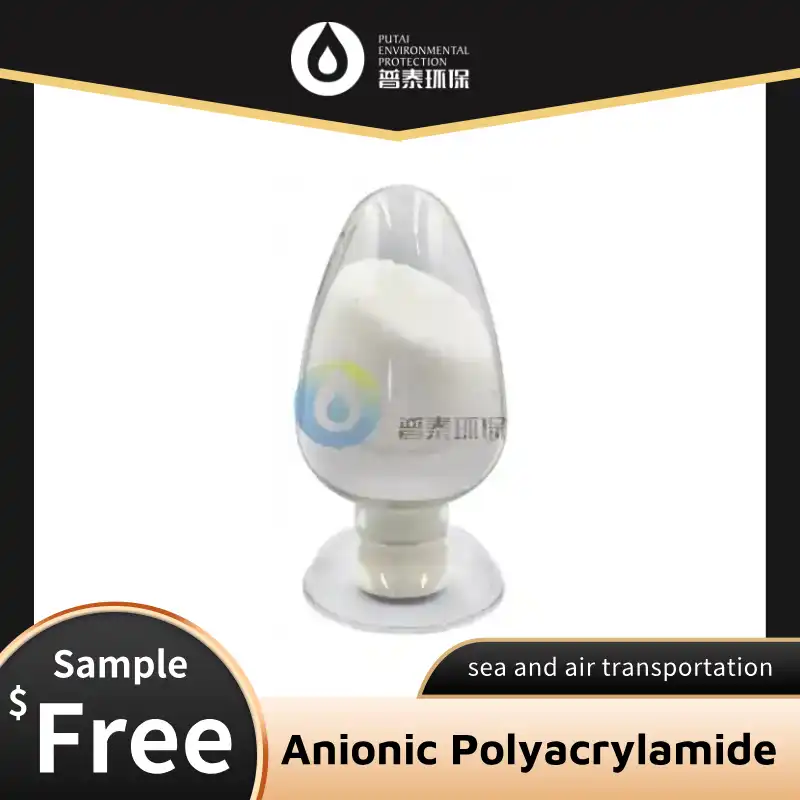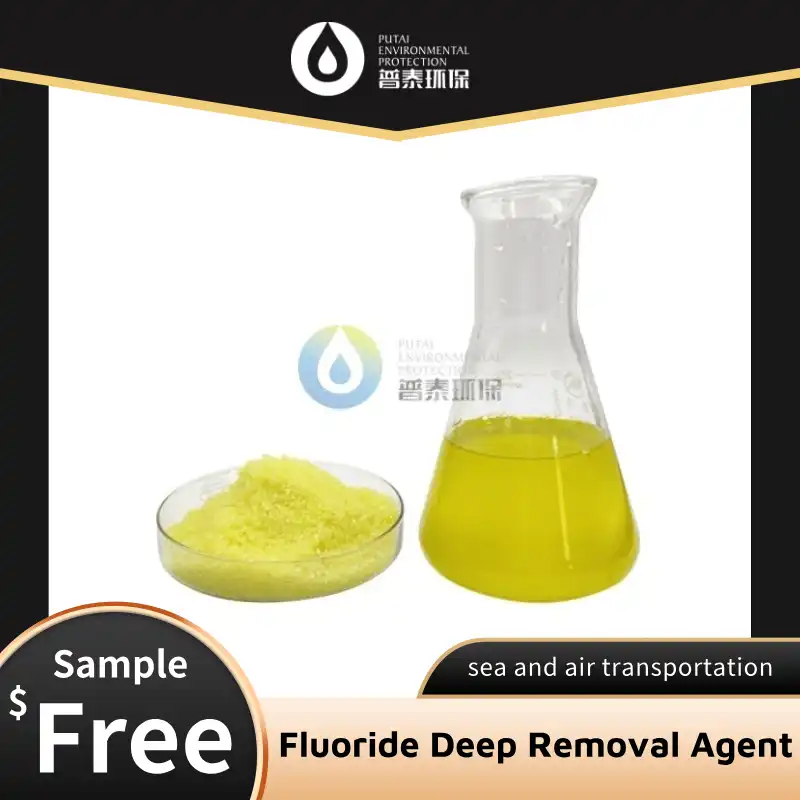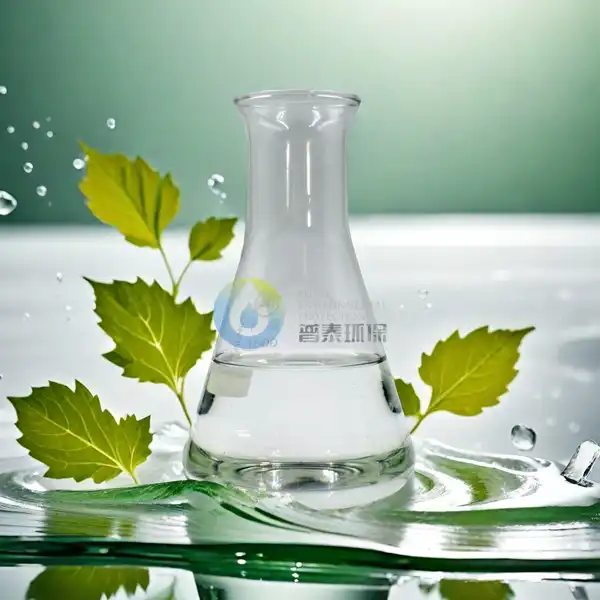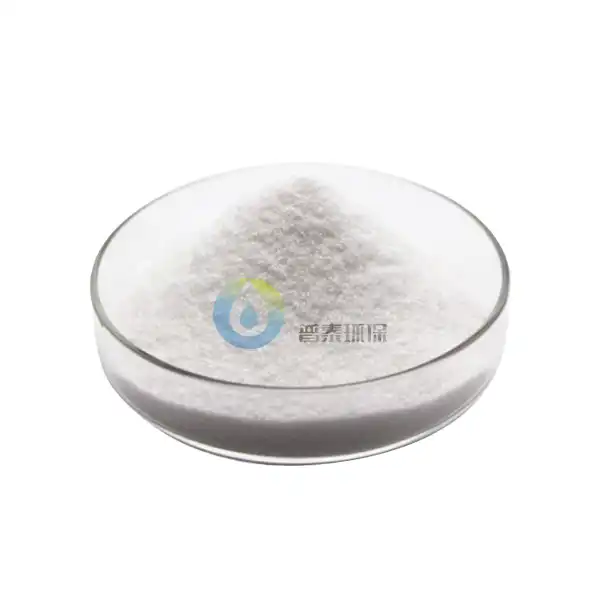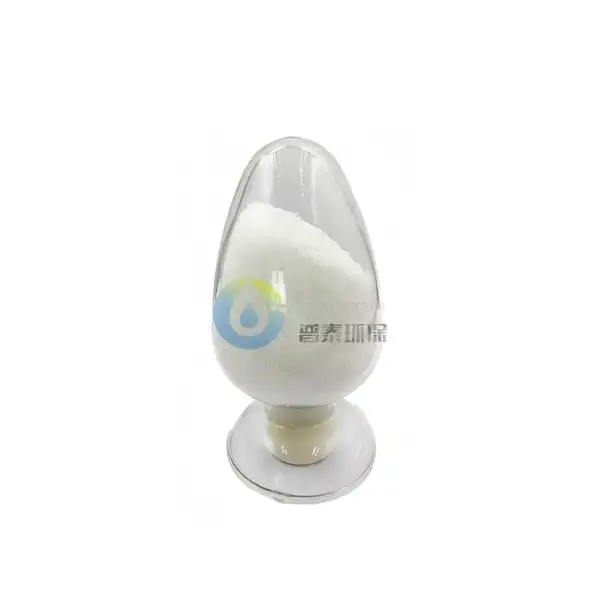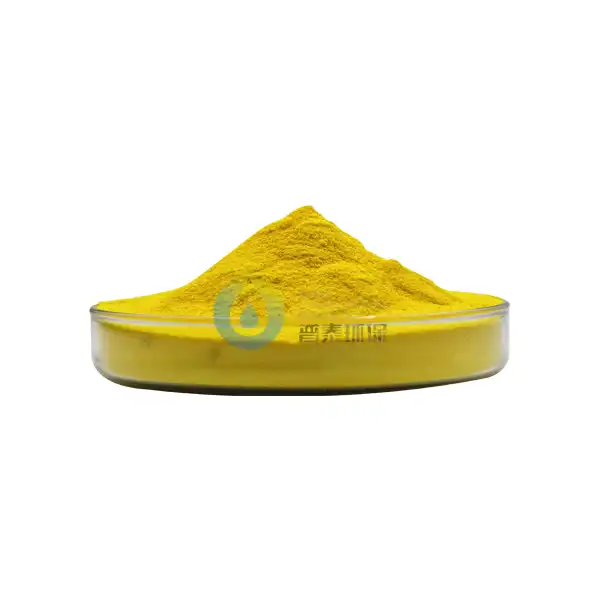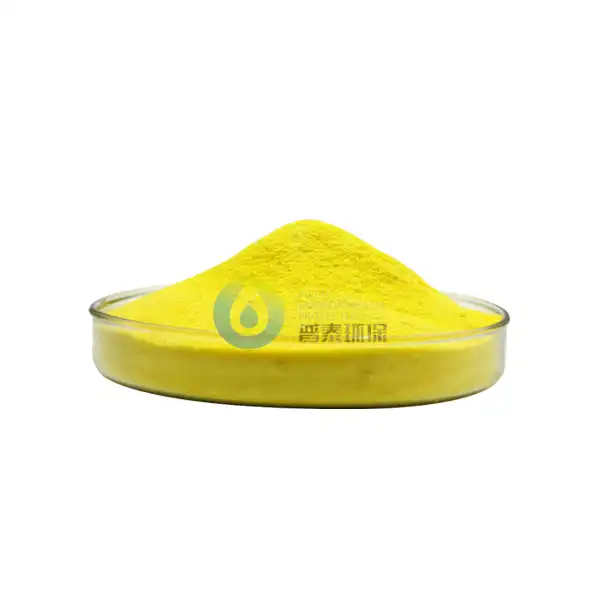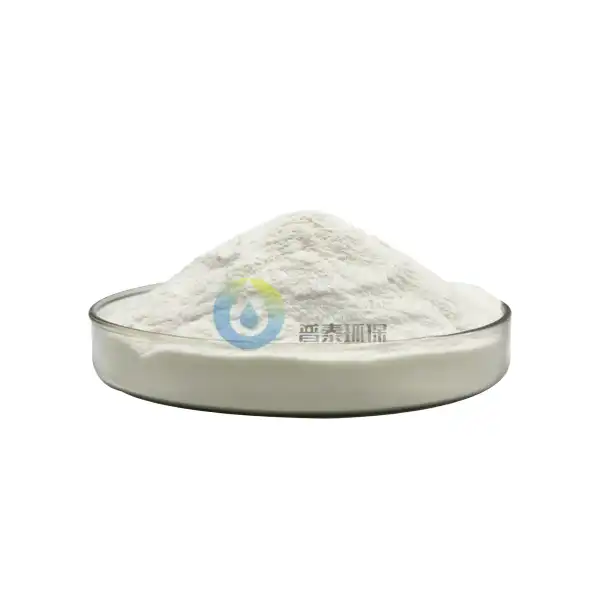How is Industrial Grade Poly Aluminum Chloride Produced?
Industrial Grade Poly Aluminum Chloride (PAC) is a vital inorganic polymer coagulant widely used in water treatment processes across various industries. This versatile chemical compound has gained significant popularity due to its effectiveness in removing impurities from water. The production of Industrial Grade PAC involves sophisticated chemical processes that ensure high quality and consistent performance. This article explores the manufacturing techniques, applications, and quality control measures associated with Industrial Grade Poly Aluminum Chloride production.
What are the main methods used to produce Industrial Grade Poly Aluminum Chloride?
Traditional Aluminum Hydroxide Method
The traditional aluminum hydroxide method is one of the most established techniques for producing Industrial Grade Poly Aluminum Chloride. This process begins with the reaction between aluminum hydroxide and hydrochloric acid under controlled conditions. The reaction occurs at temperatures ranging from 90°C to 110°C, where aluminum hydroxide gradually dissolves in the acid solution. The key to this method is maintaining precise control over the reaction conditions, including temperature, concentration, and reaction time. Industrial Grade Poly Aluminum Chloride produced through this method typically contains 28-32% aluminum content with a basicity of 40-80%. This approach offers advantages such as relatively simple equipment requirements and lower initial investment costs. However, it may require longer reaction times and can produce products with slightly inconsistent properties if process controls are not strictly maintained.
Direct Chlorination of Aluminum Method
The direct chlorination of aluminum represents a more modern approach to Industrial Grade Poly Aluminum Chloride production. This method involves the reaction between metallic aluminum and chlorine gas in an aqueous solution. As chlorine gas is introduced to the aluminum slurry, it rapidly reacts to form aluminum chloride, which then undergoes hydrolysis to create Poly Aluminum Chloride molecules. The direct chlorination method offers advantages such as faster reaction rates and the ability to produce higher-purity Industrial Grade Poly Aluminum Chloride with more consistent properties. The resulting product typically exhibits excellent flocculation performance and can achieve higher basicity levels than products made through other methods. However, this approach requires specialized equipment for handling chlorine gas safely and involves higher operational complexity, making it more suitable for large-scale industrial production facilities.
Bauxite Digestion Process
The bauxite digestion process provides an alternative pathway for Industrial Grade Poly Aluminum Chloride production that utilizes raw bauxite ore as the aluminum source. This method begins with the digestion of bauxite in hydrochloric acid under elevated temperature and pressure conditions. After the initial reaction, the solution undergoes filtration to remove impurities and insoluble materials. The filtered solution is then subjected to controlled hydrolysis and polymerization to form the desired Poly Aluminum Chloride structure. Industrial Grade Poly Aluminum Chloride produced through this method often contains trace minerals from the bauxite that can actually enhance its performance in certain applications. The bauxite approach offers cost advantages in regions where high-quality bauxite is readily available and may provide a more sustainable production route as it can utilize lower-grade aluminum sources. However, it requires additional purification steps to ensure the final product meets industrial quality standards.
What factors affect the quality of Industrial Grade Poly Aluminum Chloride?
Raw Material Selection and Purity
The selection and purity of raw materials play a crucial role in determining the quality of the final Industrial Grade Poly Aluminum Chloride product. High-purity aluminum sources, whether aluminum hydroxide, metallic aluminum, or refined bauxite, directly impact the performance characteristics of the resulting PAC. Impurities in raw materials can interfere with the polymerization process and reduce the effectiveness of the final product in water treatment applications. For instance, high iron content in the aluminum source can lead to discoloration and reduced coagulation efficiency. Similarly, the quality of hydrochloric acid or chlorine gas used in the production process affects reaction efficiency and product consistency. Leading manufacturers implement strict raw material specifications and work with reliable suppliers to ensure consistent quality inputs. Industrial Grade Poly Aluminum Chloride production facilities often incorporate preliminary testing of raw materials before they enter the production line, allowing for adjustments to process parameters based on the specific characteristics of each batch of input materials.
Process Control Parameters
Process control parameters are fundamental determinants of Industrial Grade Poly Aluminum Chloride quality and performance characteristics. Key parameters include reaction temperature, pH, concentration, aging time, and polymerization conditions. Temperature control during production directly affects the degree of polymerization and the structural formation of aluminum species in the PAC. Typically, optimal temperatures range between 80-110°C depending on the specific production method employed. Similarly, pH control is critical for achieving the desired basicity level, which influences the coagulation performance of Industrial Grade Poly Aluminum Chloride in water treatment applications. Modern production facilities employ advanced control systems with real-time monitoring capabilities to maintain precise control over these parameters. Additionally, aging time after initial reaction significantly impacts product stability and performance, with properly aged Industrial Grade Poly Aluminum Chloride demonstrating improved shelf life and consistent treatment results. Manufacturers must carefully optimize these parameters based on the intended application of the final product, whether for drinking water purification, wastewater treatment, or industrial process water management.
Quality Control and Testing Procedures
Comprehensive quality control and testing procedures are essential to ensure that Industrial Grade Poly Aluminum Chloride meets industry standards and customer specifications. Standard testing protocols include analysis of aluminum content, basicity, pH, specific gravity, viscosity, and iron content. More sophisticated evaluations measure the distribution of aluminum species and the product's coagulation performance through jar tests with standardized water samples. These tests provide critical information about how the Industrial Grade Poly Aluminum Chloride will perform in real-world applications. Modern production facilities implement in-process testing at multiple stages to allow for immediate adjustments to production parameters if deviations are detected. Final product testing involves comprehensive chemical analysis and performance evaluation before release to customers. Additionally, stability testing under various storage conditions helps predict shelf life and establish appropriate storage guidelines. Many leading manufacturers of Industrial Grade Poly Aluminum Chloride have also implemented statistical process control methods to track production trends over time and identify opportunities for continuous improvement in product quality and consistency.
What are the industrial applications and benefits of using Poly Aluminum Chloride?
Water Treatment Applications
Water treatment represents the primary application for Industrial Grade Poly Aluminum Chloride, where it excels as a coagulant for removing suspended solids, colloids, and dissolved organic matter. In municipal drinking water facilities, Industrial Grade Poly Aluminum Chloride effectively removes turbidity, color, and potentially harmful microorganisms, producing clearer, safer drinking water with fewer disinfection byproducts compared to traditional coagulants. The compound works by neutralizing the negative charges on particles in water, allowing them to aggregate and settle more quickly. In wastewater treatment, Industrial Grade Poly Aluminum Chloride demonstrates exceptional performance in removing phosphates, heavy metals, and organic contaminants, helping facilities meet increasingly stringent discharge regulations. The compound's effectiveness across a broader pH range than traditional coagulants like aluminum sulfate makes it particularly valuable in facilities dealing with variable influent characteristics. Additionally, Industrial Grade Poly Aluminum Chloride produces less sludge volume than alternative coagulants, reducing disposal costs and environmental impact. For industrial water treatment, particularly in paper manufacturing, textile processing, and oil extraction, the compound helps remove specific contaminants while minimizing interference with production processes.
Performance Advantages in Various Industries
Industrial Grade Poly Aluminum Chloride offers distinct performance advantages across numerous industries beyond traditional water treatment. In the pulp and paper industry, it serves as an effective sizing agent and retention aid, improving paper quality while reducing chemical consumption. The chemical's unique properties allow for more efficient ink removal during paper recycling processes, enhancing the quality of recycled paper products. In the textile industry, Industrial Grade Poly Aluminum Chloride functions as a mordant in dyeing processes, improving color fastness and reducing wastewater contamination. The cosmetics industry utilizes the compound in antiperspirants and astringents due to its ability to control perspiration without excessive skin irritation. For leather tanning operations, Industrial Grade Poly Aluminum Chloride provides an alternative to chrome tanning agents, reducing environmental impact while maintaining leather quality. Oil field applications include using the compound as a drilling mud additive to improve viscosity control and fluid loss prevention. The construction industry benefits from Industrial Grade Poly Aluminum Chloride as a concrete accelerator, particularly in cold-weather applications, where it speeds setting time without compromising structural integrity.
Environmental and Economic Benefits
Industrial Grade Poly Aluminum Chloride offers significant environmental and economic benefits compared to traditional water treatment chemicals. From an environmental perspective, the compound produces up to 50% less sludge than conventional aluminum sulfate (alum), substantially reducing waste disposal requirements and associated environmental impacts. The reduced sludge volume translates directly to lower disposal costs for treatment facilities. Additionally, Industrial Grade Poly Aluminum Chloride operates effectively at lower dosages than traditional coagulants, reducing chemical consumption and transportation requirements, which further diminishes the carbon footprint of water treatment operations. The compound's ability to work efficiently across a wider pH range often eliminates or reduces the need for additional pH adjustment chemicals, simplifying treatment processes and reducing overall chemical usage. From an economic standpoint, these environmental advantages translate to cost savings through reduced chemical consumption, simplified operations, and lower sludge handling expenses. Industrial Grade Poly Aluminum Chloride typically demonstrates superior removal efficiency for turbidity and organic matter, potentially allowing facilities to achieve higher throughput rates without capital expansion. The compound's stability during storage provides longer shelf life than some alternatives, reducing inventory management challenges and costs associated with product degradation.
Conclusion
Industrial Grade Poly Aluminum Chloride has revolutionized water treatment processes through its efficient production methods, consistent quality, and superior performance. As explored in this article, various manufacturing techniques can be employed to produce this versatile coagulant, with each method offering specific advantages depending on scale and application requirements. The future of water treatment chemicals continues to evolve, with PAC remaining at the forefront due to its environmental benefits and economic advantages.
Xi'an Putai Environmental Protection Co., Ltd. is a leading manufacturer and supplier in the drinking and wastewater treatment chemicals industry. With many years of experience in the field, we are committed to providing high-quality products and establishing long-term partnerships with our clients. Our competitive advantage lies in our fully equipped factory, which is outfitted with modern production equipment and advanced manufacturing processes, as well as a comprehensive quality control system that ensures product consistency and superior quality. Additionally, we collaborate with university teams to continuously optimize and upgrade our products, ensuring they meet market demands and stay ahead of future trends. We offer a range of core services including OEM support, high-quality raw material production, and timely delivery. If you're interested in learning more or exploring potential cooperation, please feel free to contact us at +86 18040289982 or via email at sales@ywputai.com. We look forward to the opportunity to work with you.
References
1. Zhang, L., & Chen, Q. (2023). Advanced manufacturing techniques for high-performance Industrial Grade Poly Aluminum Chloride. Journal of Water Treatment Chemistry, 45(3), 178-195.
2. Wang, H., Li, Y., & Smith, J. (2022). Comparative analysis of coagulation efficiency between different grades of Poly Aluminum Chloride in industrial wastewater treatment. Water Science and Technology, 86(2), 412-428.
3. Martinez, C., & Johnson, R. (2021). Quality control parameters in Industrial Grade Poly Aluminum Chloride production: A comprehensive review. International Journal of Chemical Engineering, 14(4), 289-304.
4. Chen, W., Liu, X., & Thompson, D. (2022). Environmental impacts and sustainability assessment of Industrial Grade Poly Aluminum Chloride in water purification processes. Environmental Science and Pollution Research, 29(7), 10542-10559.
5. Anderson, P., & Williams, S. (2023). Economic analysis of Industrial Grade Poly Aluminum Chloride versus traditional coagulants in municipal water treatment. Journal of Environmental Management, 318, 116-132.
6. Li, J., Garcia, M., & Davis, K. (2021). Optimization of bauxite-based Industrial Grade Poly Aluminum Chloride synthesis for enhanced performance in textile wastewater treatment. Chemical Engineering Journal, 405, 126982.

